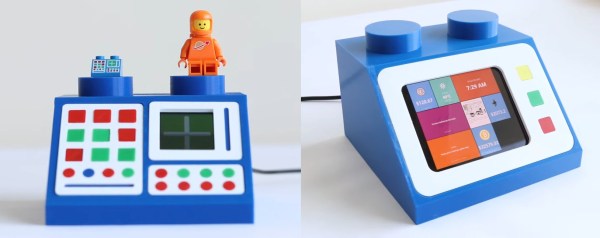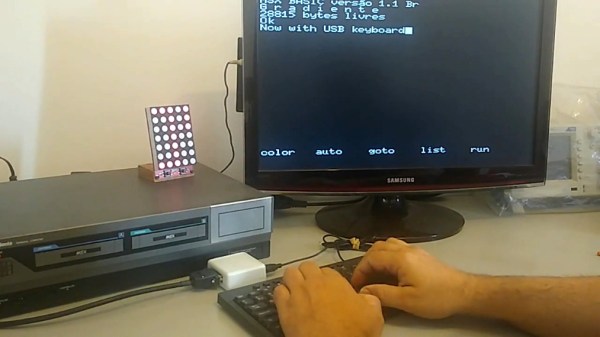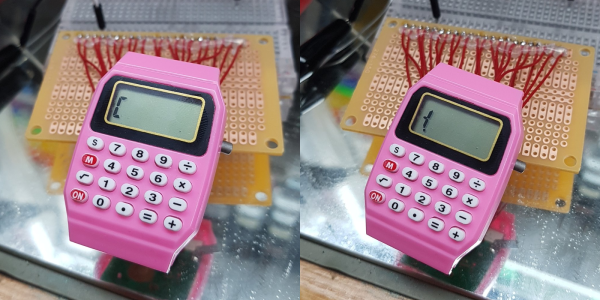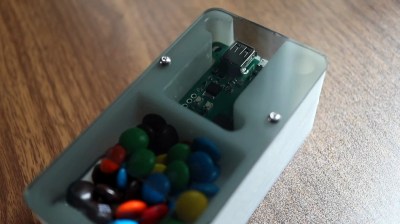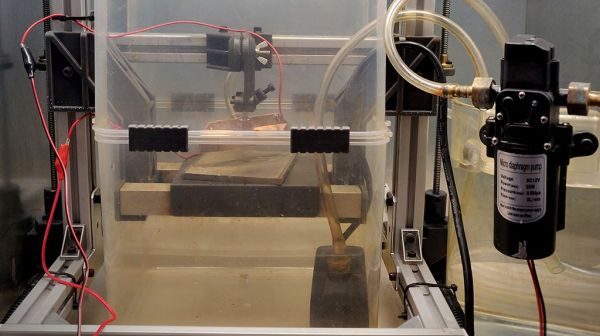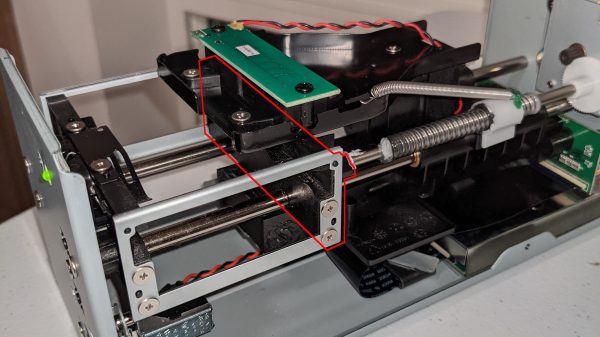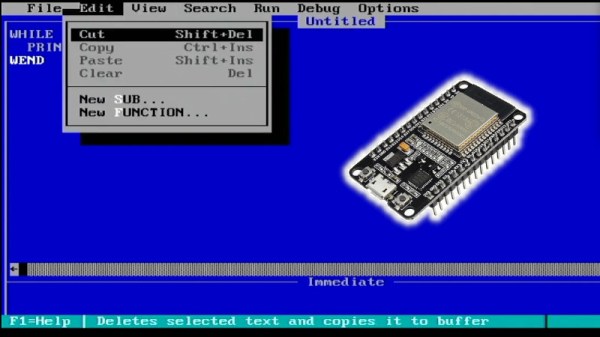We all have our favorite classic LEGO bricks, and wouldn’t be surprised if one or more of the various space computers showed up on pretty much everyone’s list. [dyoramic] loves them so much that they built two different working versions that do different things.
The first one is about six times the size of the original brick. Inside the 3D printed case is an ESP32 and a 1.5″ OLED display. [dyoramic] wired up the top six buttons as inputs and the rest are just for looks. The screen defaults to the classic white cross on green that just sits there looking legit. But start pushing buttons and you’ll find other modes — the cross becomes a radar screen in one, the computer spits out space facts in another, there’s a falling bricks game, and finally, a time and date screen.
The second LEGO space computer build is even bigger — both were designed around the size of their screens. It has a Raspi 4 and shows a dashboard with the weather, time, date, latest xkcd, and a few cryptocurrency prices. [dyoramic] has an even bigger version in the works that will use a 720 x 720 screen and a handful of brown key switches as inputs. We can’t wait to see that one! For now, check out the build and demo of the first two after the break.
What can’t you do with LEGO? It feels like we’ve seen it all, from cameras to microscopes to continuously variable transmissions. Wouldn’t you love to drive one of those around the block?
Continue reading “Working LEGO Space Computers Are A Chip Off The Old Block”

